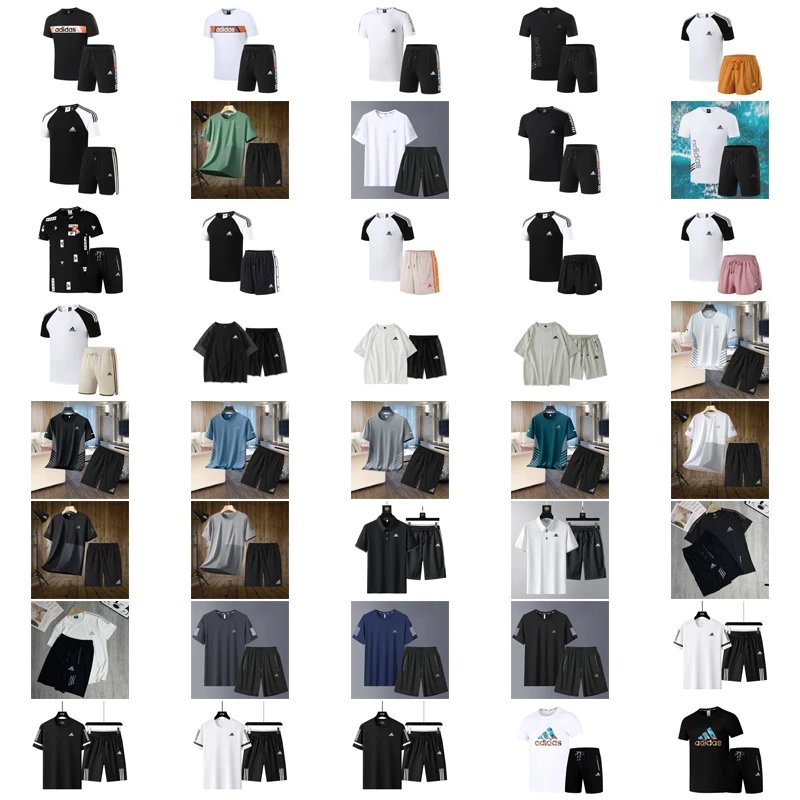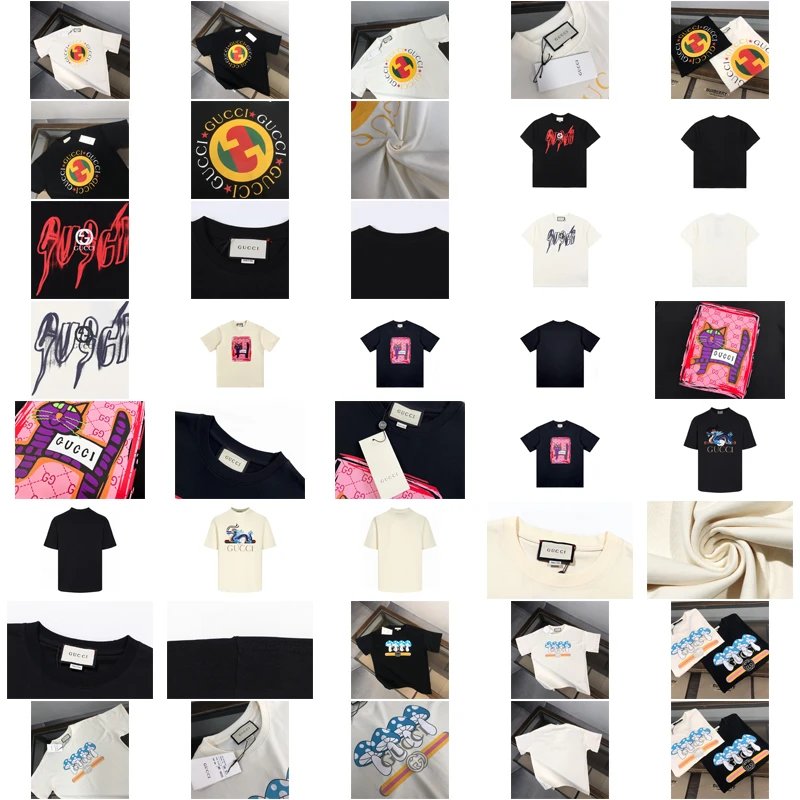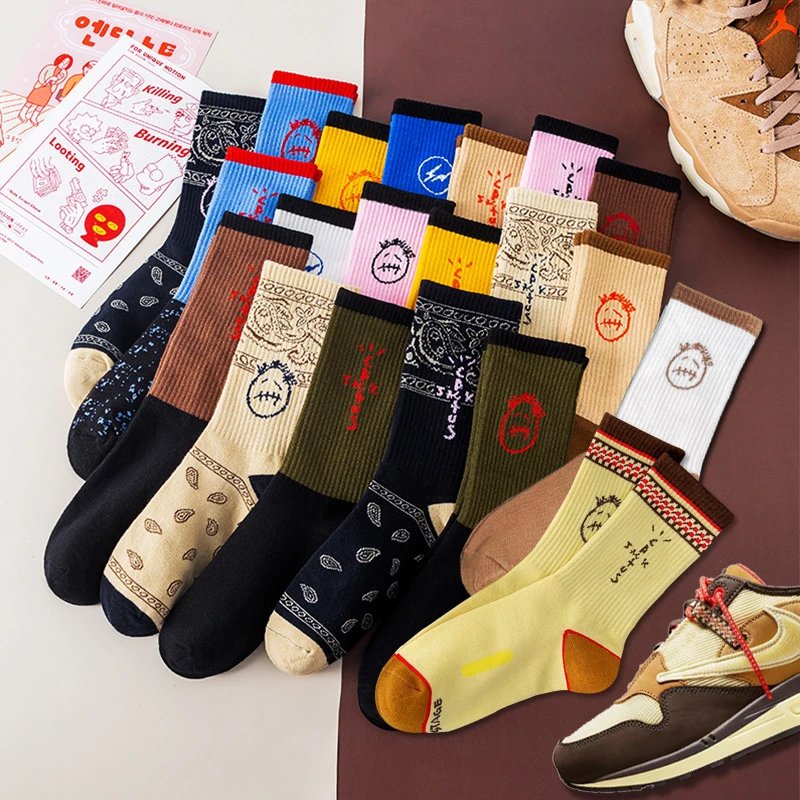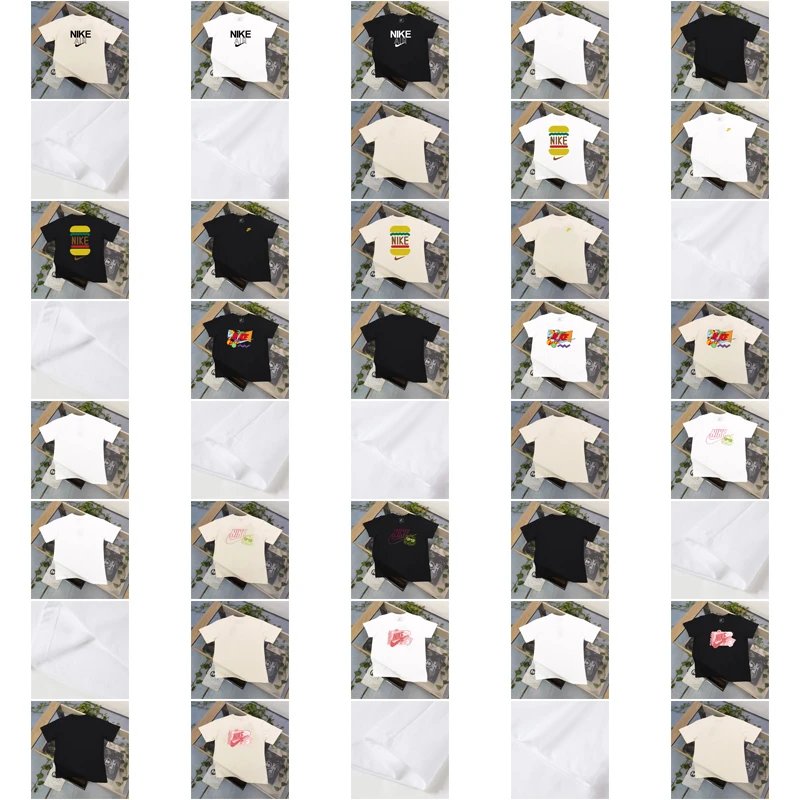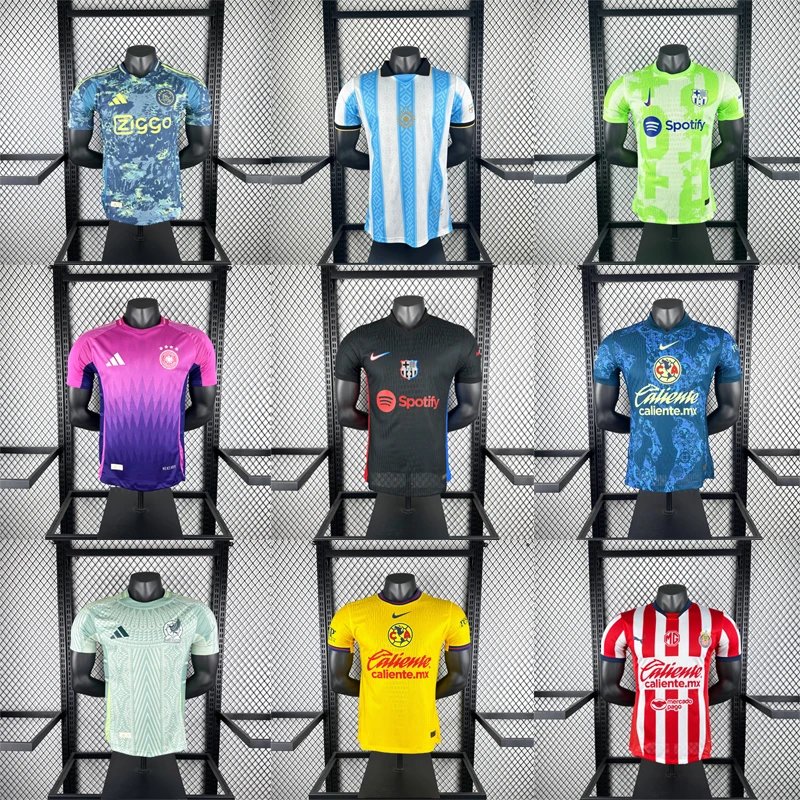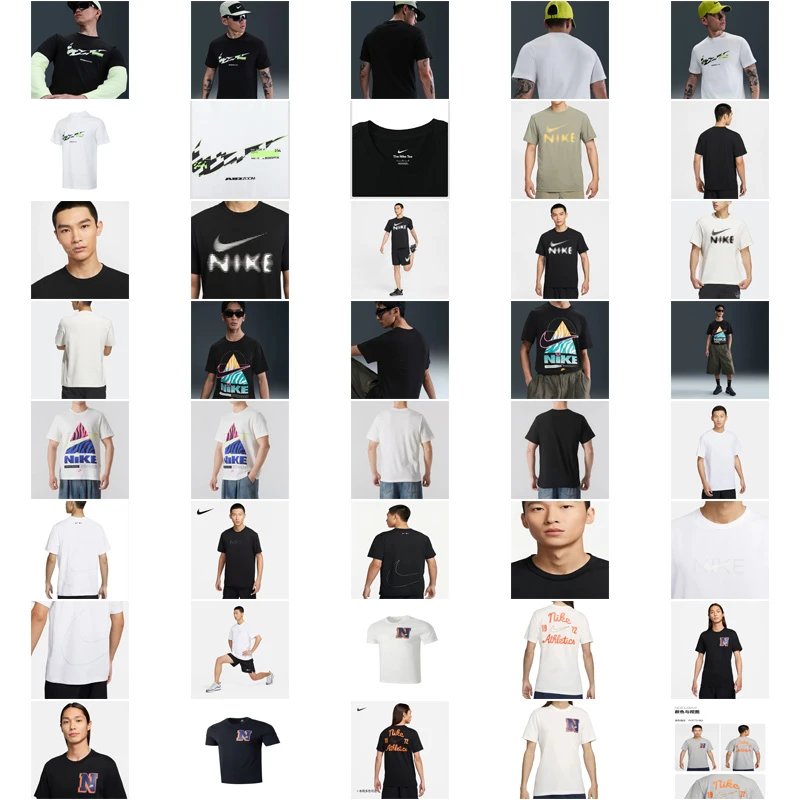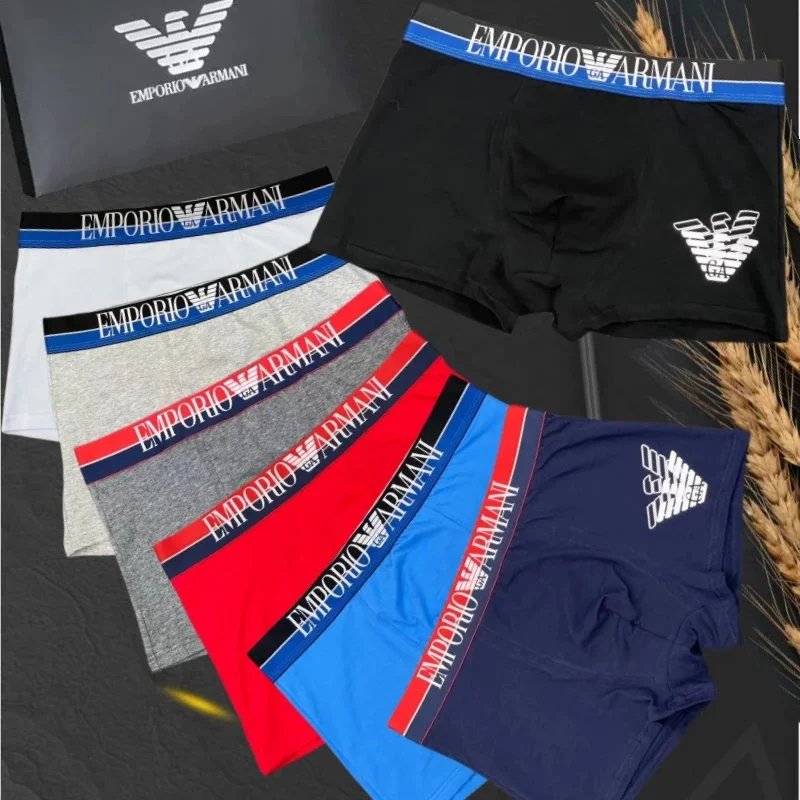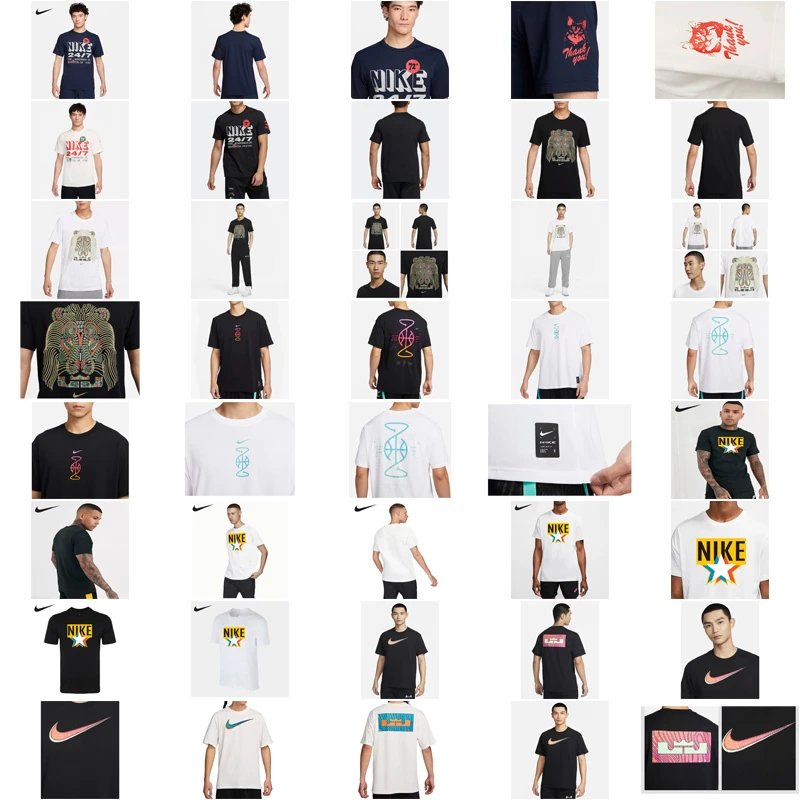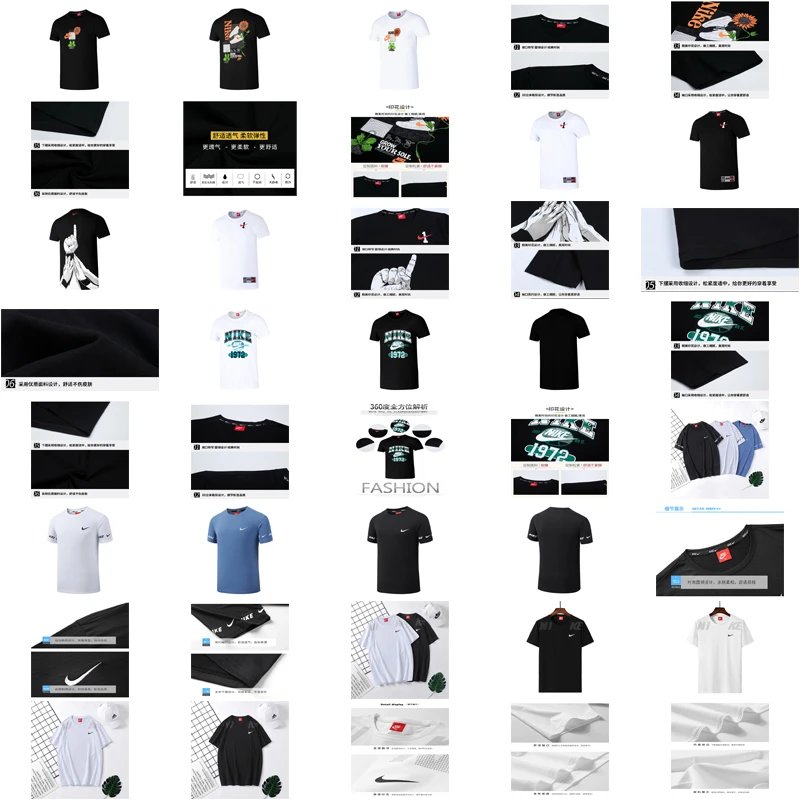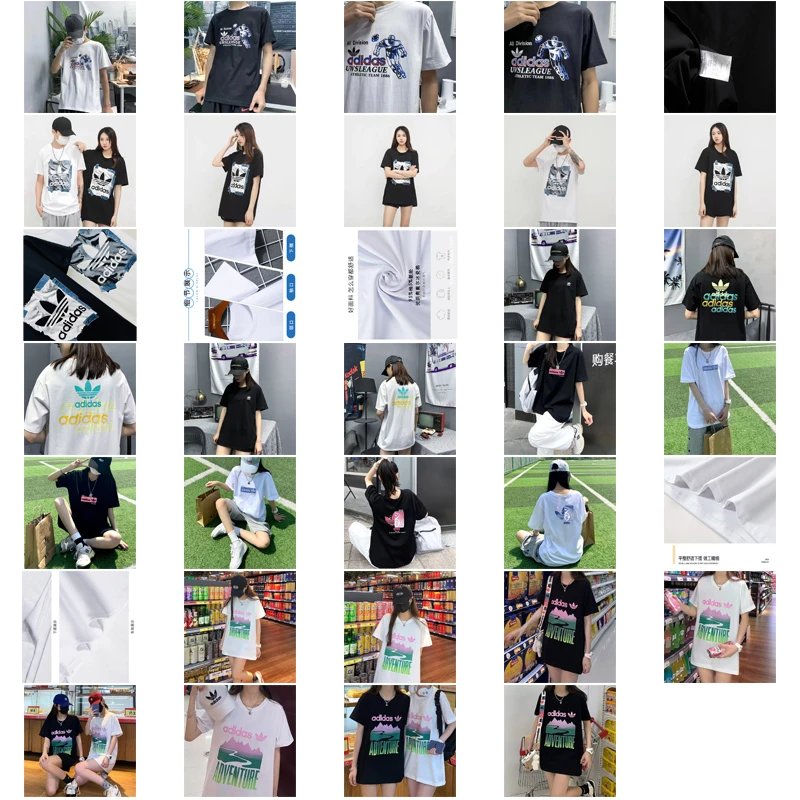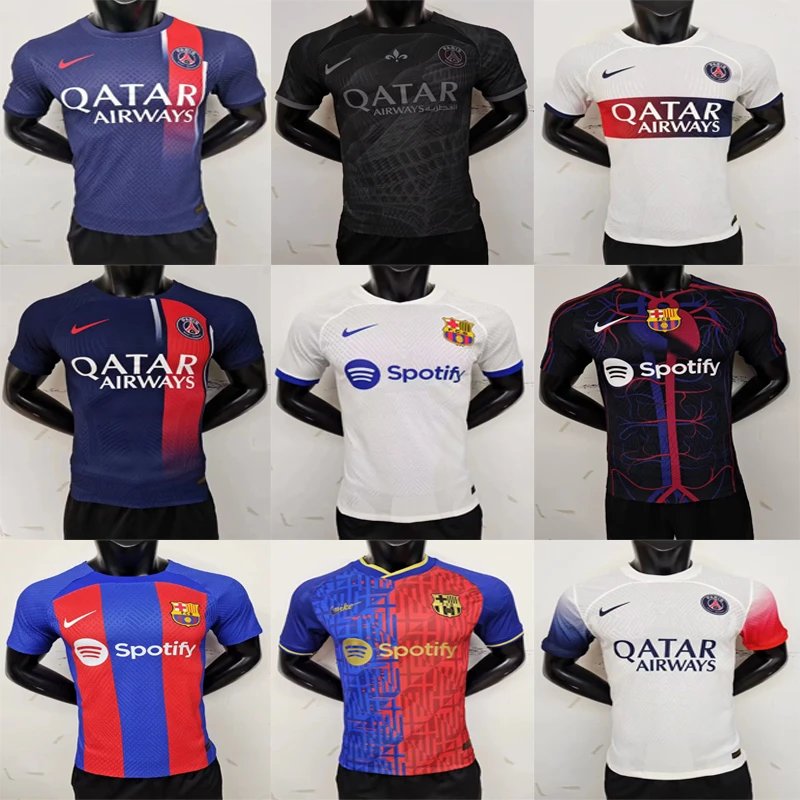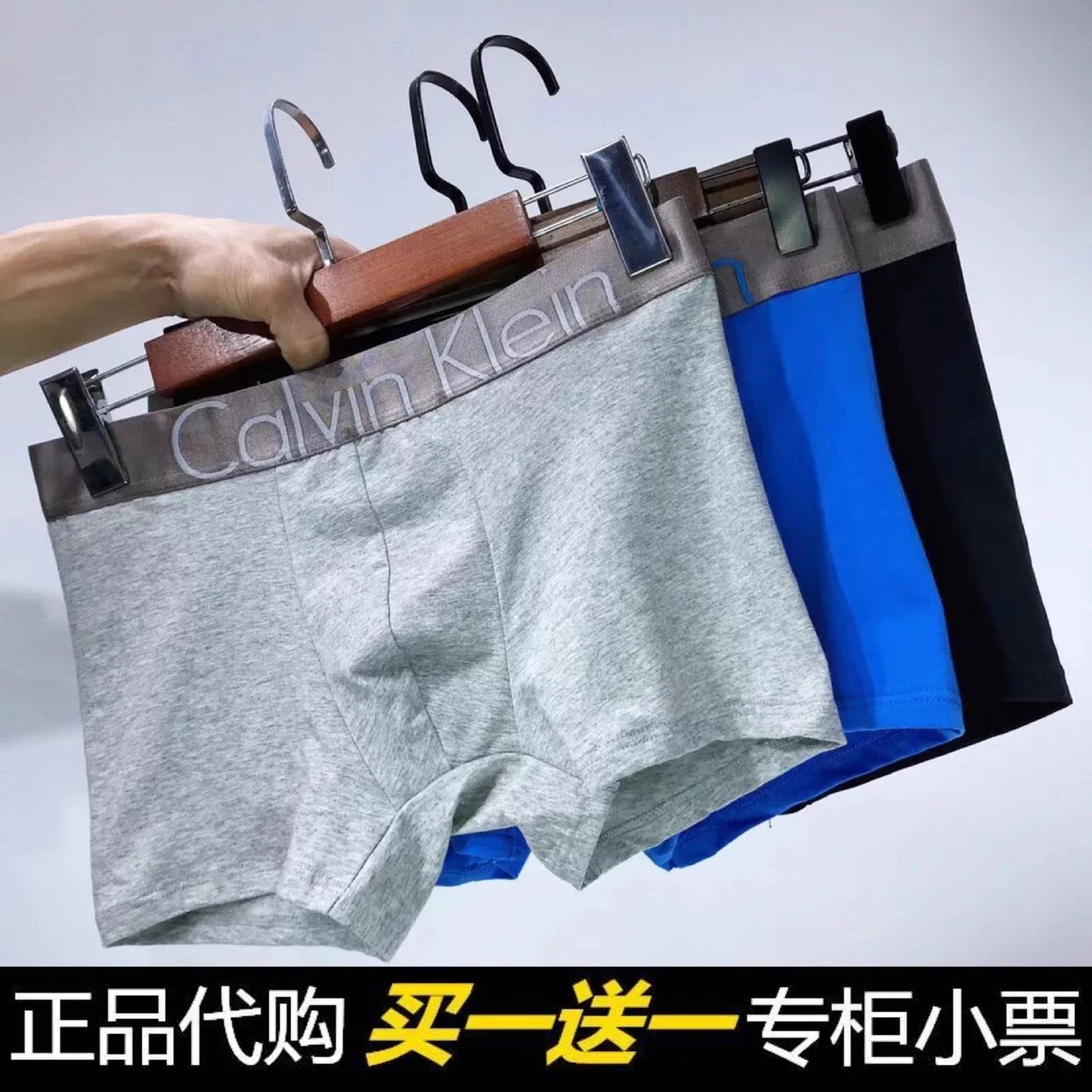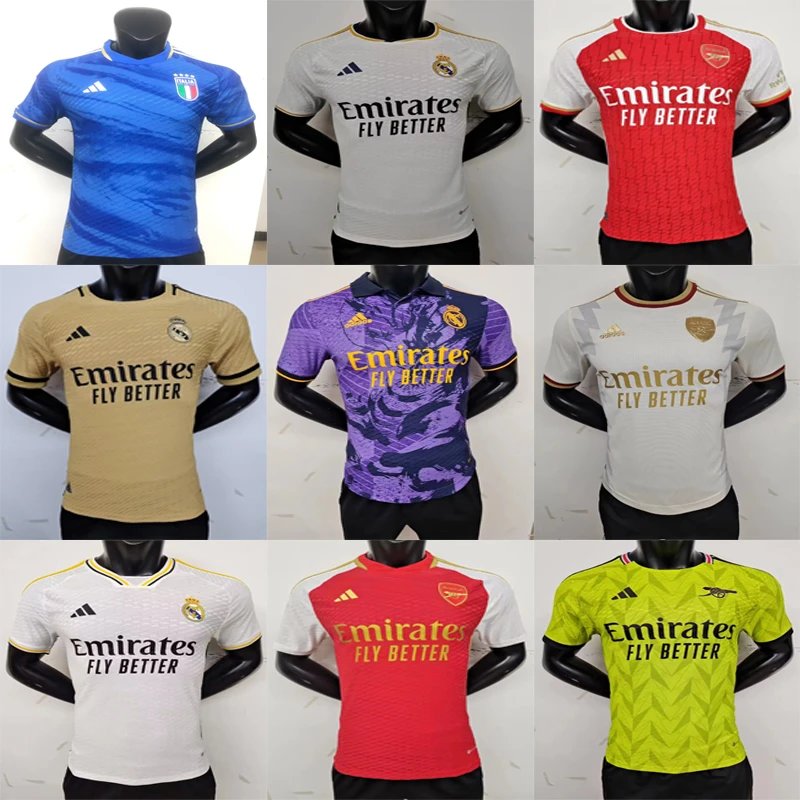Efficient bulk ordering of replica products requires a seamless integration of resource management and automation. By leveraging W2C SpreadsheetLOONGBUY
Begin by aggregating product listings, SKUs, pricing, and supplier details in a W2C Spreadsheet. Ensure columns include: Tip: Use pivot tables or filters to categorize items by priority or profitability. Eliminate duplicate entries, outdated links, or discontinued products. Cross-check: Upload your refined W2C Spreadsheet to LOONGBUY
Note: Enable notifications for price/supplier fluctuations before finalizing. After submission: Analyze each batch’s performance—supplier reliability, delivery times, and defect rates—to refine future W2C Spreadsheet templates. Store successful configurations as templates for repeat orders. By harmonizing W2C Spreadsheet’s organization with LOONGBUY’s automation, businesses can turn bulk replica sourcing into a competitive advantage.Step 1: Centralize Product Data with W2C Spreadsheet
Step 2: Validate and Clean Data
Step 3: Configure LOONGBUY for Batch Orders
Step 4: Execute and Monitor Orders
Final Tip: Iterate for Scalability
Streamlining Replica Orders: A Strategic Guide Using W2C Spreadsheet and LOONGBUY
2025-06-01

